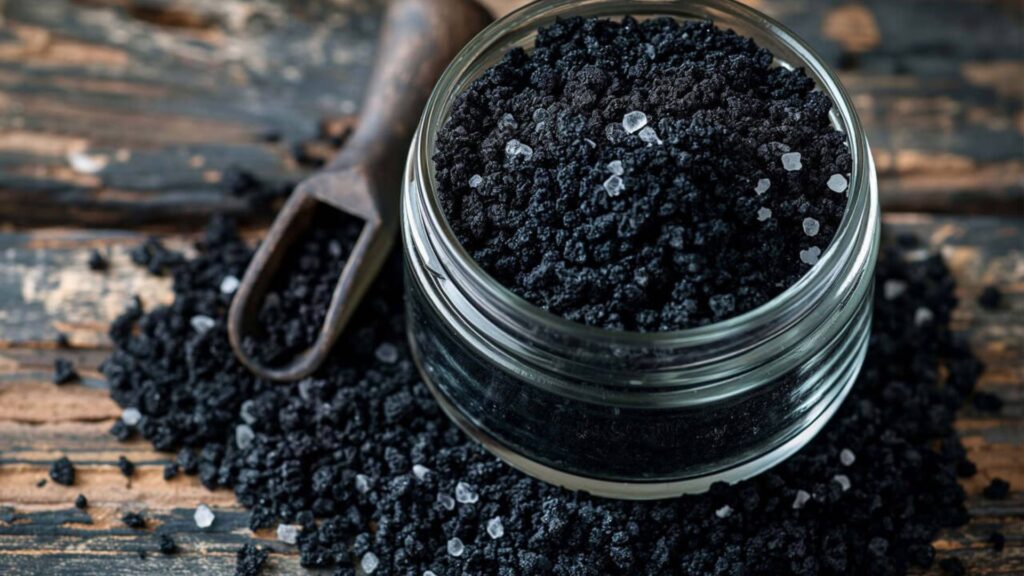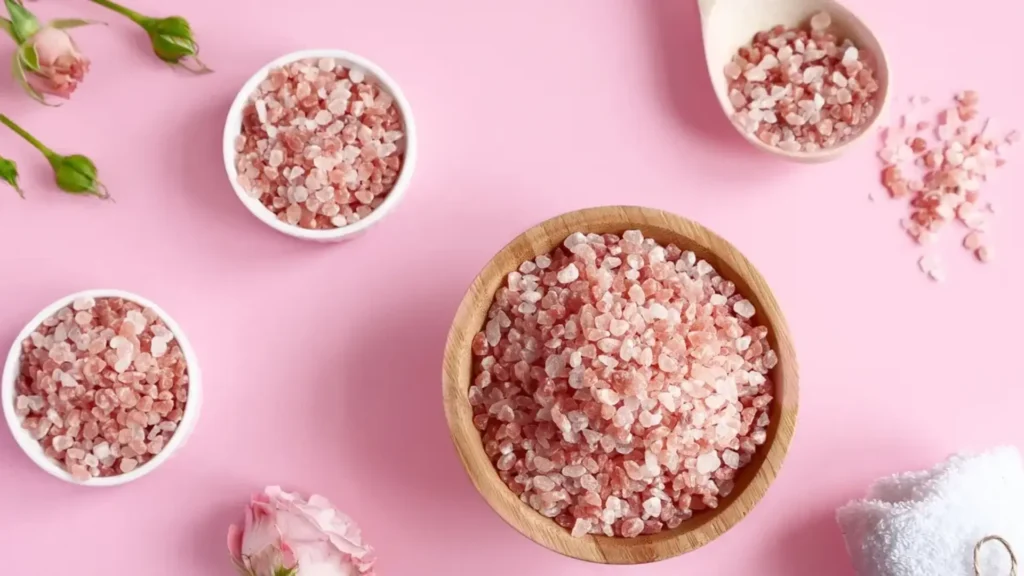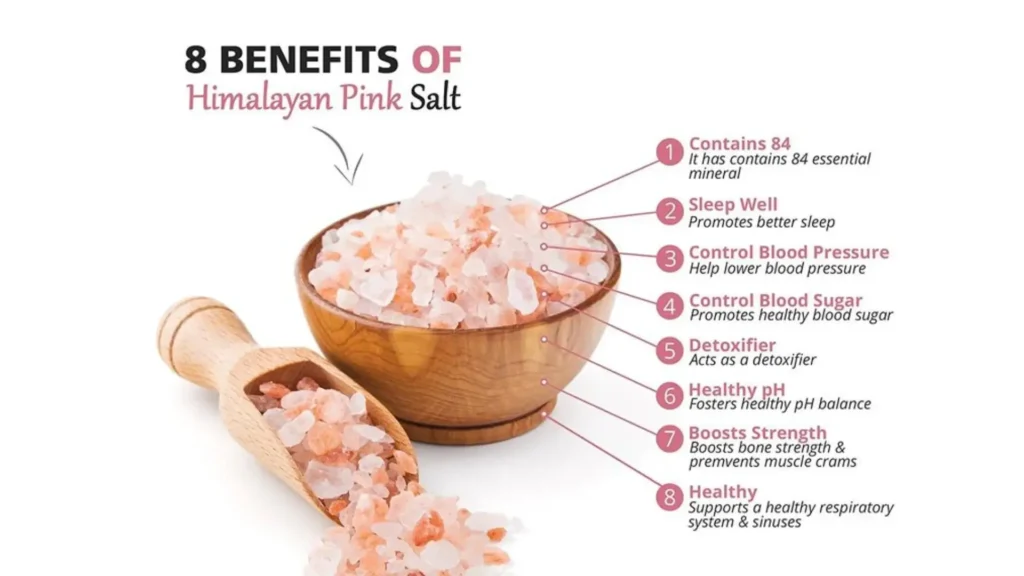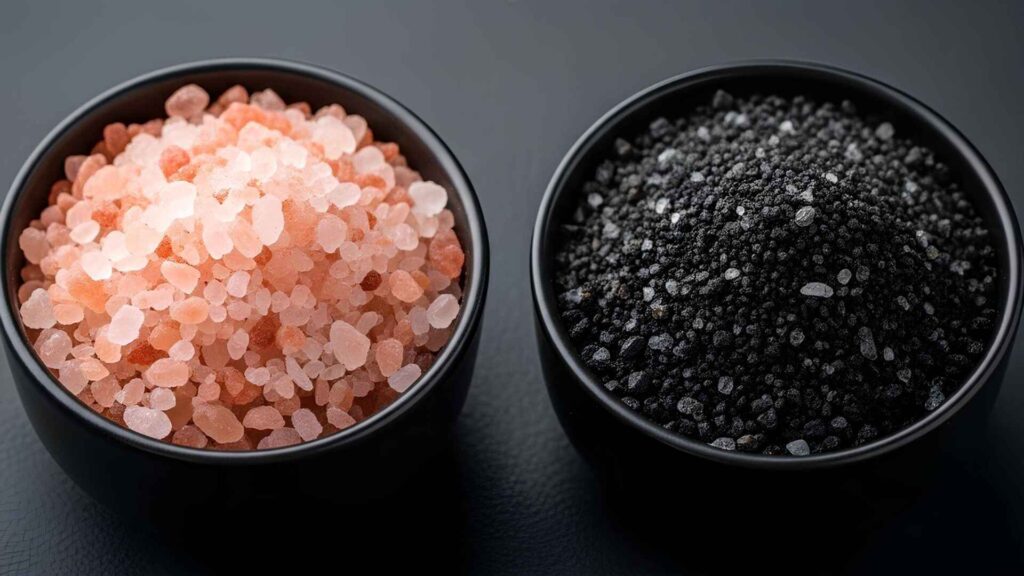
How to Make Black Salt (Kala Namak) – A Step-by-Step Guide from Raw Salt to Finished Product
How to Make Black Salt (Kala Namak) – A Step-by-Step Guide from Raw Salt to Finished Product Black salt, also known as Kala Namak, is

The allure of Himalayan salt extends beyond its culinary applications; its captivating pink hue has sparked curiosity and admiration worldwide. But why is Himalayan salt pink? This question leads us into a deeper understanding of the mineral’s origins, its unique properties, and the reasons behind its widespread popularity. Let’s embark on a journey to uncover the secrets of this vibrant salt and what makes it so special.
Himalayan salt is not just another seasoning; it is a mineral-rich substance that has been revered for centuries. Its striking pink color is a visual representation of the rich geological history from which it originates. To fully appreciate this salt, we must explore its origins, the minerals that contribute to its color, and its various uses.
Himalayan salt is primarily harvested from the Khewra Salt Mine in Pakistan, one of the oldest and largest salt mines in the world. Formed over 800 million years ago from the evaporation of ancient oceans, this salt has remained untouched by modern pollutants, making it a pure and natural product. The unique geological processes that created these salt deposits have given Himalayan salt its distinctive characteristics.
The pink color of Himalayan salt is primarily due to the presence of iron oxide, a compound that forms when iron reacts with oxygen. This process occurs naturally over millions of years, resulting in the vibrant shades of pink, red, and even orange found in the salt crystals.
In addition to iron oxide, Himalayan salt contains a variety of trace minerals, including magnesium, potassium, and calcium. These minerals not only contribute to the salt’s color but also enhance its flavor and nutritional profile. While the amount of these minerals is relatively small, they are what set Himalayan salt apart from regular table salt, which is mostly sodium chloride and often stripped of its natural minerals during processing.
Beyond its visual charm, Himalayan salt has gained popularity in culinary circles for its subtle flavor and versatility. Chefs and home cooks alike appreciate its ability to enhance dishes without overpowering them. The unique mineral content can impart a delicate taste that complements a wide range of foods.
Moreover, Himalayan salt is often used in various forms, such as salt blocks for grilling or serving, which not only add flavor but also create an impressive presentation. The salt blocks can be heated or chilled, allowing for creative cooking techniques that infuse dishes with a hint of saltiness.

The health benefits of Himalayan salt have been a topic of much debate. While it does contain trace minerals, the quantities are often too low to significantly impact health. Many claims about Himalayan salt being a miracle cure or a superior alternative to regular salt are largely exaggerated.
Himalayan salt is often marketed as a healthier alternative to table salt due to its mineral content. However, it is essential to understand that both types of salt are primarily composed of sodium chloride, which means they share similar health implications. While Himalayan salt does contain additional minerals, the amounts are minimal, and it should not be viewed as a substitute for a balanced diet.
Like all salts, Himalayan salt should be consumed in moderation. Excessive sodium intake can lead to health issues such as high blood pressure and heart disease. Therefore, while it can be a flavorful addition to meals, it is crucial to be mindful of overall salt consumption.
Himalayan salt’s pink hue is a beautiful reminder of its rich geological history and the minerals that contribute to its unique characteristics. While it may not be a miracle health remedy, its aesthetic appeal and culinary versatility make it a popular choice among chefs and home cooks. Understanding the reasons behind its color and composition allows us to appreciate Himalayan salt not just as a seasoning, but as a fascinating mineral with a story to tell.
Himalayan salt is less processed and retains trace minerals, giving it a unique flavor and color, while regular table salt is primarily sodium chloride and often contains additives.
While Himalayan salt contains trace minerals, the amounts are too small to have significant health benefits. It should be used as a seasoning rather than a health supplement.
The color indicates the presence of various minerals, particularly iron oxide, which contributes to its unique appearance and flavor.
No, Himalayan salt can range in color from white to dark pink and even red, depending on the mineral content and the specific deposits from which it is harvested.

How to Make Black Salt (Kala Namak) – A Step-by-Step Guide from Raw Salt to Finished Product Black salt, also known as Kala Namak, is

Black Salt vs Pink Salt: Key Differences, Benefits & Best Uses Explained Salt is a daily part of our lives. From kitchens to wellness routines,
WhatsApp us